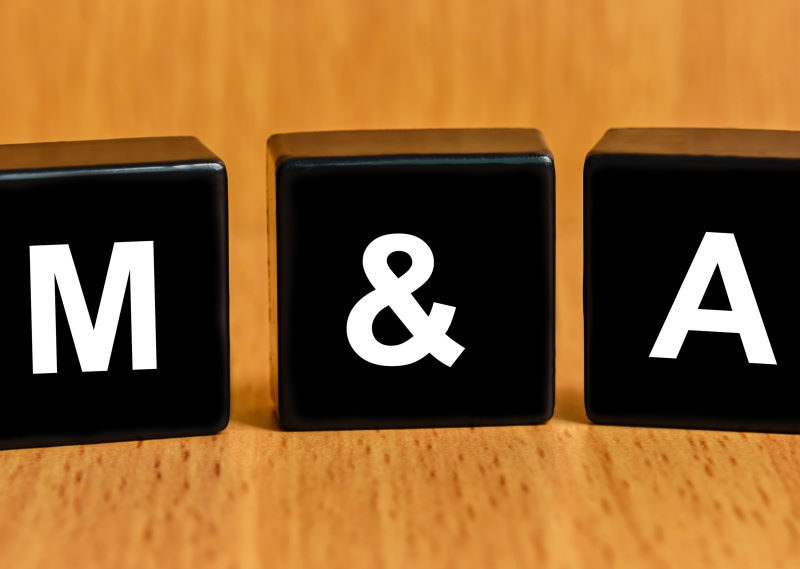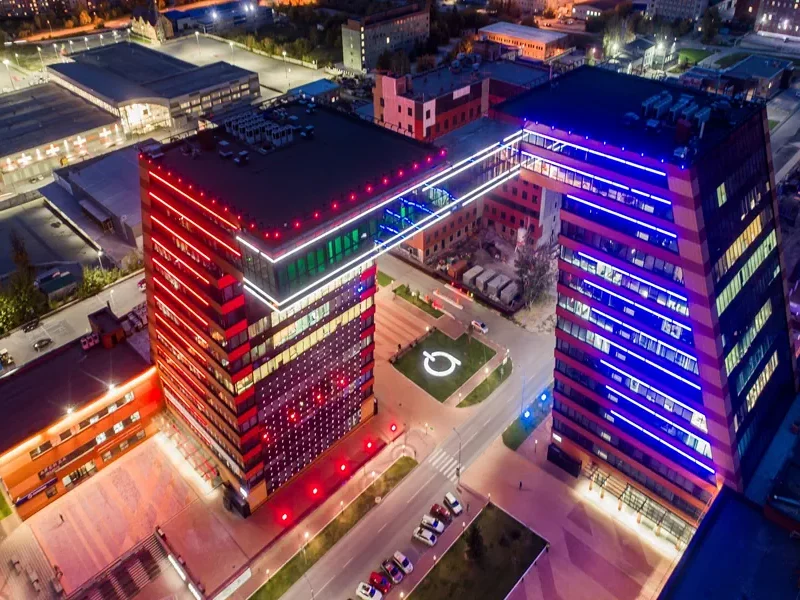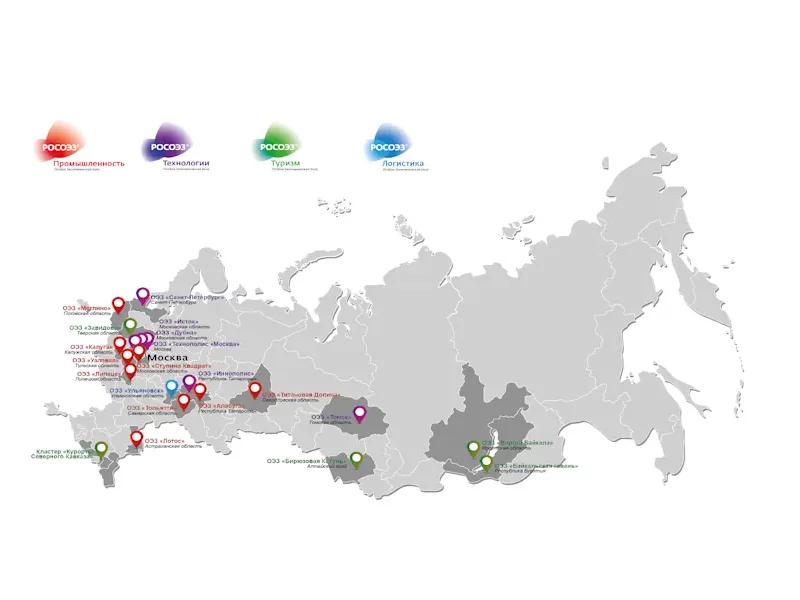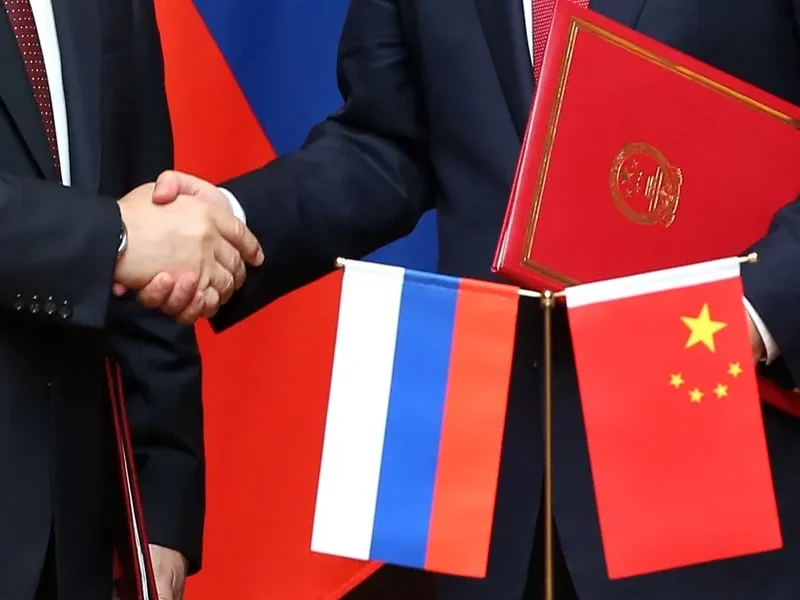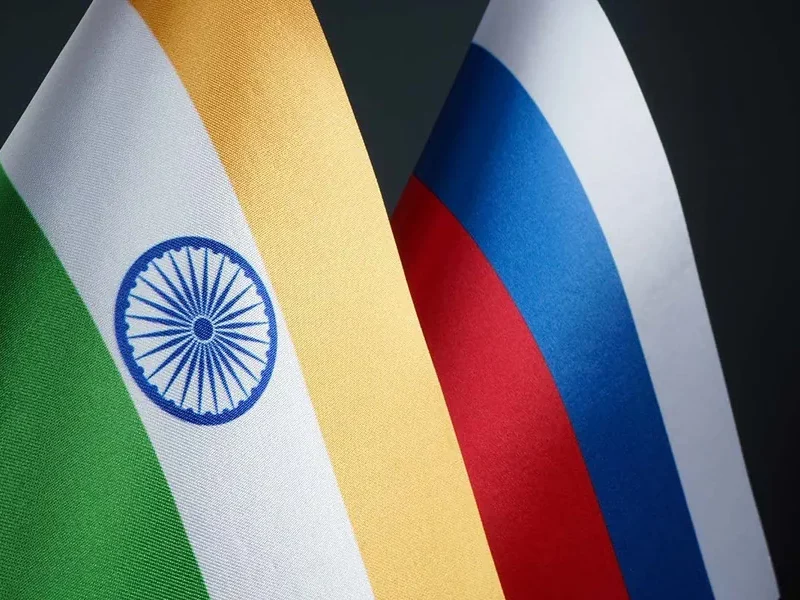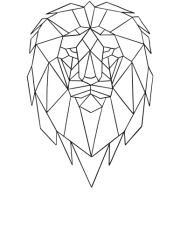When concluding an M&A deal in the field of Fashion, it is important for the initiator of the agreement to choose the right strategy for the coexistence of brands in the new conditions. Insufficient attention to the problem of cooperation can destroy the reputation of the absorbed company and lead to serious consequences for business. Despite these difficulties, acquisitions and mergers regularly take place in the Fashion sector. Below we will look at the most successful deals and try to understand how they influenced the future fate of brands.
M&A deals in Fashion: LVMH acquired Dior

In 2017, it became known about the conclusion of a major M&A deal in the field of Fashion between LVMH and Christian Dior. According to the terms of the contract, the owner of the holding, Bernard Arnault, sold a 26% stake in a fashion clothing brand for € 12.1 billion.
The value of each security was €260, which was 15% higher than its price at the close of trading. Prior to that, LVMH had already taken possession of a package of Dior securities, which made it possible to concentrate a controlling stake under the management of the holding. The agreement was approved by the directors of both companies.
Positive market expectations led to a sharp increase in the value of brand securities. LVMH shares rose 3.2%, and Christian Dior – 13%.
Since Bernard Arnault is the owner of the securities of the holding, in fact, it was about the consolidation of assets. The deal did not affect the reputation of the brands in any way, but significantly simplified management. For LVMH, this takeover was far from the first. In total, the holding owns several dozen brands.
Coach bought by Stuart Weitzman

In 2015, the famous New York design house Coach announced the conclusion of an agreement with Sycamore Partners to purchase the manufacturer of luxury women’s shoes Stuart Weitzman. According to Coach CEO Victor Luis, the company sought not only to increase profits, but also to expand the product line.
The amount of the M&A transaction in the Fashion sector amounted to $574 million. Against the background of the financial indicators of 2014, when Stuart Weitzman received a net income of $ 300 million, it may seem that its owners requested too little.
A study of other aspects of Stuart Weitzman’s activities shows that the brand had problems with positioning in foreign markets and logistics. The merger made it possible to solve all these difficulties and strengthen the combined potential.
Coach absorbed Kate Spade

In 2017, Coach acquired another company. This time, the design house received a controlling stake in its competitor Kate Spade.
Under the terms of the M&A deal in Fashion, the new owner paid $18.5 for each security for a total of $2.4 billion.
Moody’s analysts concluded that Coach, through the takeover of a competing brand, attempted to expand its customer base at the expense of millennial buyers.
In addition, the deal made it possible to consolidate production facilities and supply chains to optimize business processes. As a result, Coach saved up to $50 million each month.
In turn, Kate Spade got the opportunity to increase demand for products and abandon the practice of sales that is detrimental to her business. Prior to the conclusion of the M&A deal in Fashion, information appeared in the media about the irritation of shareholders due to inept management and the desire to sell the business to a more successful company.
M&A deals in Fashion: merger of Luxottica and Essilor

2017 was a landmark year for the Italian brand of stylish glasses Luxottica and the largest French manufacturer of ophthalmic lenses Essilor. As a result of the merger, the EssilorLuxottica brand appeared.
After the merger, the former directors of the companies received equal powers to manage the new enterprise.
After the M&A deal in Fashion, the total capitalization of the brand amounted to €46.2 billion. The following year, EssilorLuxottica reached the level of turnover of €15 billion per year.
Prior to the merger, Luxottica had already acquired the Oakley and Ray-Ban brands, but in order to reach a new level, it needed to combine its assets with a more solid player.
Against the background of other lens manufacturers, Essilor looked more than attractive: the company was the largest supplier in the world. Its share in the international market was estimated at 40%. In the period from 2007 to 2017, she managed to increase the profit from sales of prescription lenses by 45%.
After the merger, EssilorLuxottica began receiving about half of its revenue from the United States. Europe accounted for about 22%, and another 18% for Africa, Asia and the Middle East.
LVMH acquired Loro Piana S.p.a.

The 2013 deal marked the beginning of the next stage of LVMH holding’s expansion. This time, the famous Italian fashion house with a century-old history, Loro Piana, came under his control.
According to the terms of the contract, the management of the brand and 20% of the shares were retained by the previous owners. According to analysts, everything indicates that LVMH has chosen a soft takeover strategy while preserving the corporate culture of the acquired brand and the previous management system.
The price of the M&A deal in Fashion was $2.6 billion. Loro Piana is known for its fashionable luxury cashmere clothing.
The acquisition of the company enabled LVMH Holding to expand its business empire for the production of luxury goods.
Through the merger, the companies consolidated their assets and strengthened their positions in the international market by combining logistics potential.
LVMH and Tiffany Merger

The purchase of the American jewelry brand Tiffany in 2021 became a welcome event for LVMH after several years of negotiations.
Information about a possible merger appeared in the press back in 2019. At that time, the amount of the M&A deal in Fashion was estimated at $16.2 billion at the rate of $135 per share.
Apparently, the merger was stretched over time not only because of discussions about the future model of brand coexistence. Tiffany and LVMH had to wait for regulatory approval to conduct the transaction.
Prior to that, Bernard Arnault’s holding had already absorbed dozens of brands in the field of Fashion, and this process did not always take place without scandals.
For example, LVMH was fined €8 million by the French regulator a few years ago for refusing to provide information about the shares of its competitor Hermes International owned by the holding.
Merger of Levi Strauss (Levi’s, Dockers) and Beyond Yoga

The year 2021 was marked by another important merger of companies in the field of Fashion. This time, the consolidation was announced by the well-known jeans manufacturer Levi Strauss (Levi’s, Dockers) and the sportswear brand Beyond Yoga.
The price of the M&A deal in Fashion was $400 million. As in other similar cases, the head of the purchased company, Michel Waaler, retained his position in the management. According to Levi Strauss CEO Chip Berg, the main reason for the acquisition of the brand was the holding’s desire to diversify its business.
In addition, in recent years, the demand for clothing in the “athleisure” segment, which is produced by Beyond Yoga, has sharply increased.
The potential of the developing segment is estimated at $50 billion.
Thus, after the purchase of Beyond Yoga, Levi Strauss received excellent opportunities for growth. Another reason for the deal was the compatibility of brand positioning models.
According to the management of Levi Strauss, Beyond Yoga successfully translates inclusive values demanded by the target audience.
Sephora acquired the seller of cosmetics Feelunique

One of the most high-profile deals of 2022 was the purchase by the Sephora perfume and cosmetics chain of the Feelunique cosmetics seller from Palamon Capital Partners holding. The price of the M&A deal in Fashion was $132 million.
The online market Feelunique at the time of the takeover had an audience of 1.3 million regular customers. Given the size of the Sephora chain of stores worldwide (over 2,600 at the time of the transaction), it can be assumed that the takeover will benefit brands.
After the conclusion of the deal, Feelunique got the opportunity to enter the cosmetics market
Great Britain, and Sephora has opened up new prospects for the application of customer service techniques developed by Feelunique.
Estée Lauder Cos. bought Tom Ford

At the end of 2022, it became known that Estée Lauder Cos. bought the fashion house Tom Ford for $ 2.8 billion, ahead of the well-known competitor Kering.
The merger of the companies was the result of many years of cooperation in the field of Fashion. Estée Lauder already owned a license for the Tom Ford Beauty line of perfumes and cosmetics, which Ford developed in collaboration with the group and launched in 2011.
According to Business of Fashion analysts, Estée Lauder plans to license the production, as well as the sale of clothing and accessories to other companies.
This acquisition was a turning point for the brand, which had already managed to conclude M&A deals in the field of Fashion with La Mer, Le Labo and MAC Cosmetics.
After acquiring the Tom Ford brand, Estée Lauder managed to further diversify its business and strengthen competition with Kering and LVMH.
M&A deals in Fashion — let’s sum up
The specifics of the interaction of brands with customers in the Fashion industry determines the choice of a strategy for mergers and acquisitions. In most cases, buyers try to establish a flexible control system, focusing on borrowing a model of customer relations and using logistical opportunities.
For this reason, after the M&A transaction in the Fashion sector, most of the absorbed enterprises managed to fully maintain their organizational management structure. The result of the most successful mergers was the consolidation of production capacities and other assets of enterprises, as well as the strengthening of positions in the market.
Разрабатываем Стратегии для собственников бизнеса в целях оптимизации группы компаний, решения нестандартных задач и продажи активов. Оказываем услуги по сопровождению сделок M&A, управлению непрофильными активами и проектами в целом.



